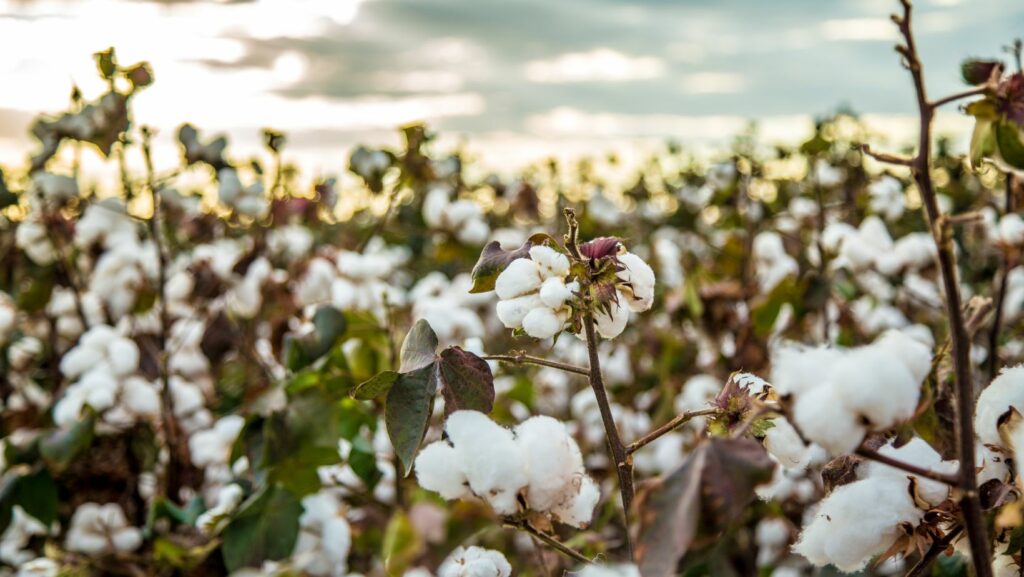
Planting Seeds of Wealth: How to Invest in Cotton
How to Invest in Cotton
Firstly, it’s important to understand that investing in cotton can be done through various avenues. One common method is through futures contracts. These contracts allow investors to buy or sell a specific quantity of cotton at a predetermined price and date in the future. By taking advantage of the price fluctuations in the cotton market, investors can potentially profit from their positions.
Another way to invest in cotton is through exchange-traded funds (ETFs) that track the performance of cotton futures or companies involved in the cotton industry. ETFs offer a convenient and accessible way for individual investors to gain exposure to the cotton market without directly trading futures contracts.
Lastly, if you prefer a more hands-on approach, you could consider investing directly in companies related to the production or processing of cotton. This could include agricultural companies engaged in growing and harvesting cotton crops or textile manufacturers using raw materials derived from cotton.

The Basics of Cotton Investment
Why Invest in Cotton?
When it comes to diversifying one’s investment portfolio, cotton can be an intriguing option. Investing in cotton allows individuals to participate in the global commodities market and potentially earn attractive returns. Here are a few reasons why investing in cotton might pique your interest:
- Demand for cotton: Cotton is a widely used natural fiber that plays a significant role in various industries such as textile manufacturing, fashion, and home furnishings. With a growing population and increasing consumer preferences for sustainable fabrics, the demand for cotton remains steady.
- Global economic trends: The price of cotton is influenced by factors such as economic growth rates, geopolitical events, weather conditions, and government policies. By keeping an eye on these trends and understanding their impact on the cotton market, investors can make informed decisions.
- Inflation hedge: As an investor, safeguarding against inflation is crucial. Historically, commodities like cotton have shown resilience during periods of rising prices due to their tangible nature. Investing in cotton can act as a hedge against inflationary pressures.
Understanding The Cotton Market
Before diving into cotton investment, it’s essential to have a basic understanding of how the cotton market operates:
- Cotton futures contracts: Institutional investors often trade futures contracts tied to physical commodities like cotton. These contracts provide exposure to price movements without requiring physical ownership of the underlying asset.
- Supply chain dynamics: The journey of raw cotton from farms to manufacturers involves various stages such as harvesting, ginning (separating seeds from fibers), spinning (turning fibers into yarn), weaving or knitting fabric production, and finally reaching retailers or wholesalers.
- Market influences: Several factors impact the supply and demand dynamics of the cotton market: weather conditions affecting crop yields, government subsidies or regulations that influence production levels and trade agreements between countries affecting import/export volumes.
Factors Affecting Cotton Prices
To make informed investment decisions, it’s crucial to consider the factors that can influence cotton prices:
- Weather conditions: Cotton crops are vulnerable to extreme weather events such as droughts, floods, and hurricanes. Unfavorable weather conditions can significantly impact crop yields and subsequently affect cotton prices.
- Global production levels: The supply of cotton is affected by factors like planting decisions by farmers, technological advancements in agricultural practices, and changes in acreage dedicated to cotton cultivation. Monitoring global production trends is key to understanding supply dynamics.
- Trade policies: Government policies related to import/export tariffs and trade agreements between countries can impact the flow of cotton in the international market. Changes in these policies may lead to fluctuations in prices.
- Consumer demand: Consumer preferences for sustainable and ethically produced fabrics influence the demand for cotton products globally. Keeping an eye on changing consumer trends can provide insights into future price movements.
Investing in cotton can be a lucrative opportunity, but it’s important to be aware of the risks and challenges that come with it. Here are some key factors to consider when delving into the world of cotton investments:
- Price Volatility
- Weather Risks
- Market Demand
- Currency Fluctuations
Investing in cotton can be a lucrative opportunity for those looking to diversify their investment portfolio. Remember that investing involves risks and there are no guarantees of profits. Always assess your risk tolerance and consider seeking professional advice before making any investment decisions.





